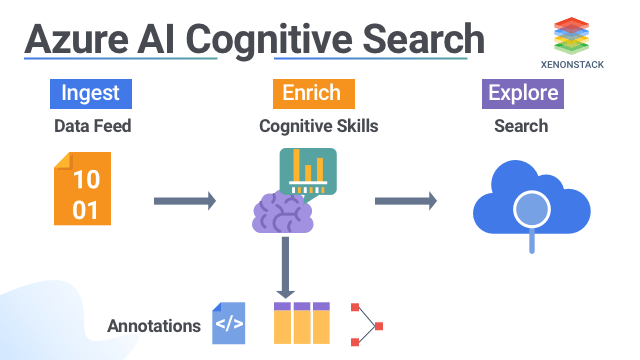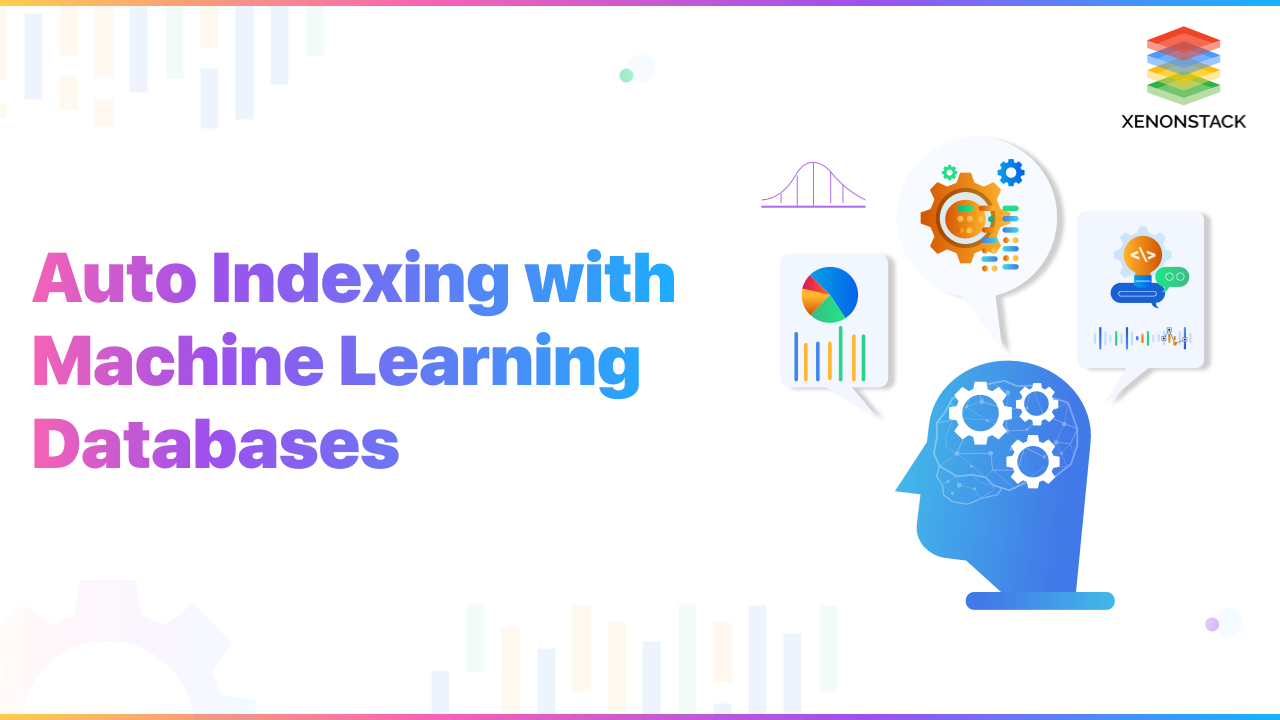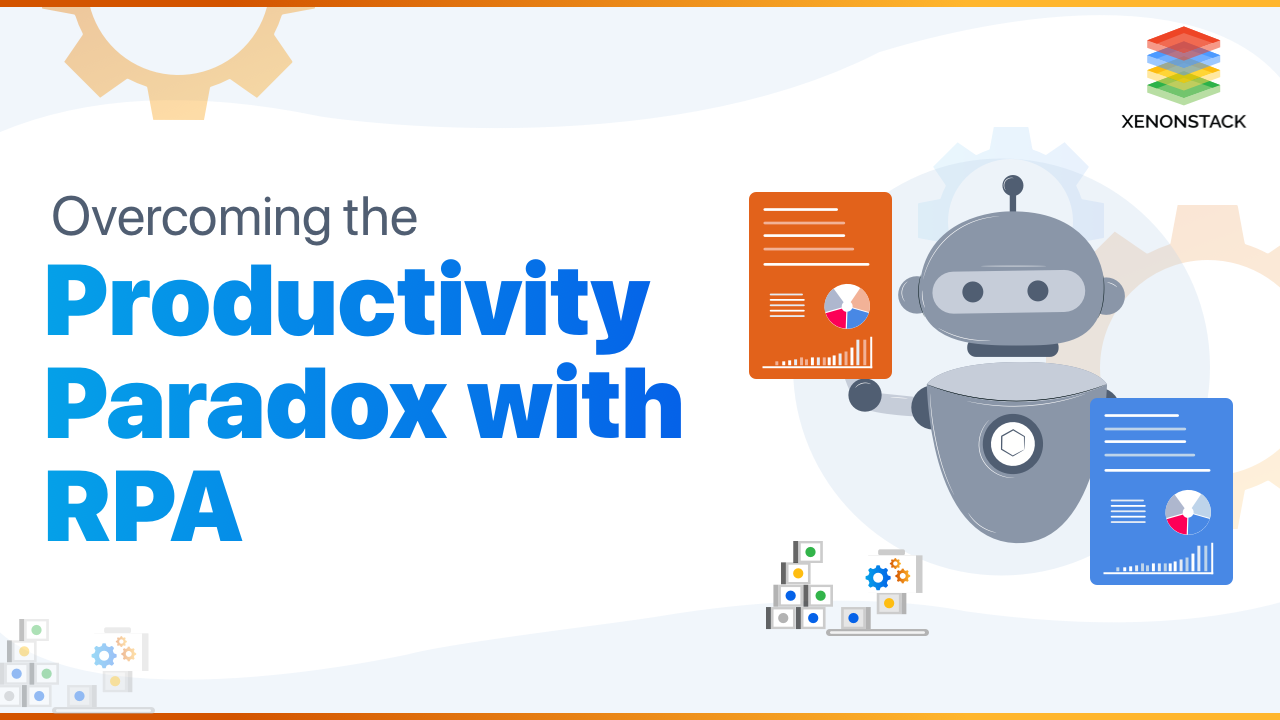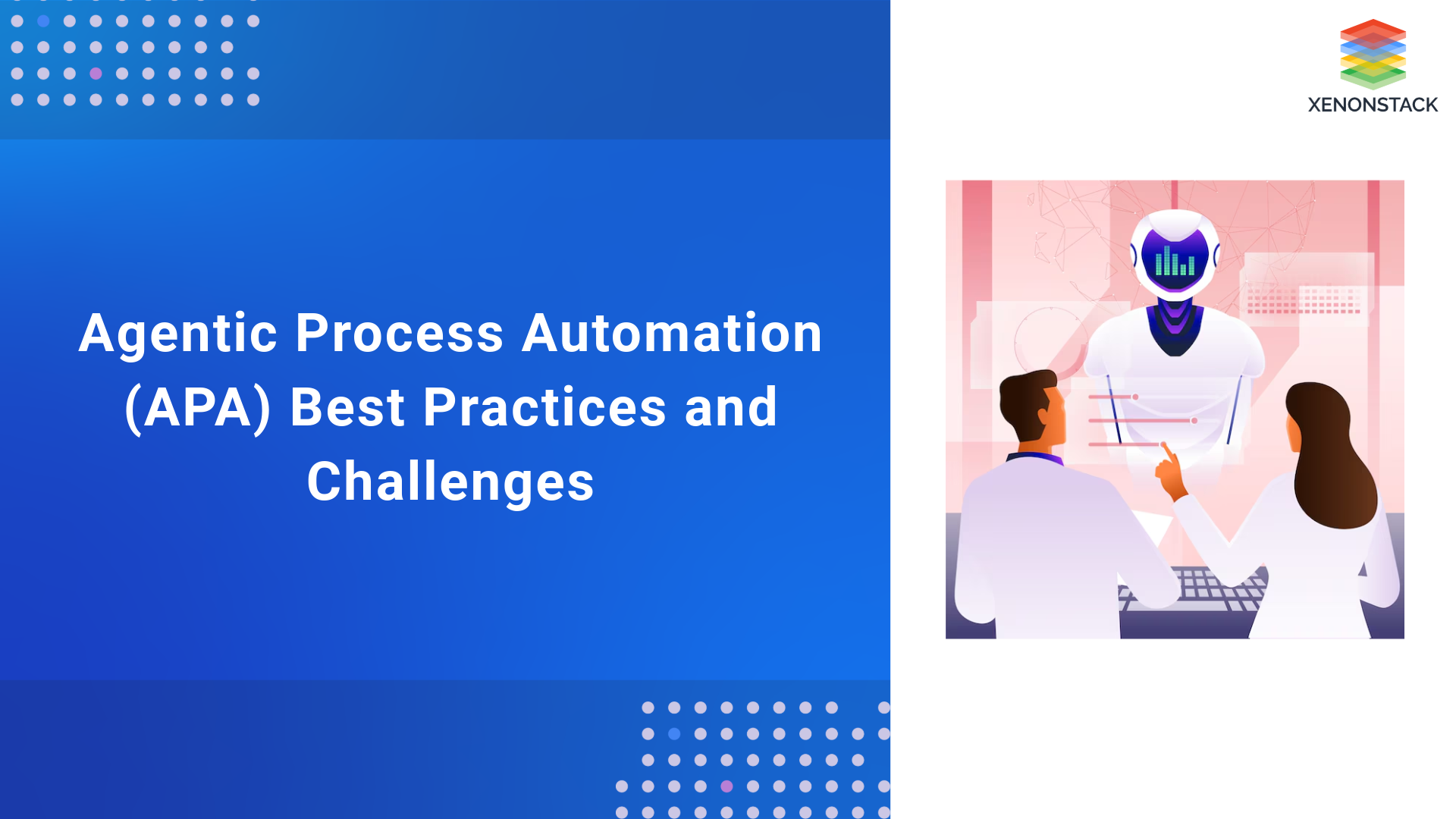
Introduction to AI in Azure Cognitive Search
Azure Cognitive Search is the first cloud search engine with built-in AI capabilities, allowing you to locate and explore relevant content at scale.
The first cloud search tool with advanced AI is Azure Cognitive Search which enriches all forms of knowledge such that related material can be quickly found and explored on a scale. It was known as Azure Search, it uses the same advanced Microsoft natural language stack that Bing and Office have used for over a decade and dream, voice, and expression AI services. In this insight, we will explore the AI features of Azure Cognitive Search.AI enrichment in Azure Cognitive Search
AI enrichment is a capability of Azure Cognitive Search indexing which is used to extract text from any data sources like images, blobs, and any other structured data sources. Skills are used to enrich the data gathered from the data source. Cognitive skills built into the service fall into these categories:Natural Language Processing
These types of skills include- Entity Recognition - This skill is used to extract different kinds of entities from text.
- Language Detection – This skill detects the user’s language as input and gives a single language code for every document submitted.
- Key Phrase Extraction – This skill evaluates unstructured text; this skill usually returns a list of key phrases. It uses ML models and quickly picks up the main points from the record.
- Sentiment Detection – This skill evaluates the unstructured text and also indicates if the sentiment is positive or negative by giving a numeric score between 0 and 1. If the score is close to 1, it means a positive sentiment, and if it is near 0, it indicates negative sentiment.
Image Processing
This skill includes OCR (Optical Character Recognition) and the identification of visual features. It helps identify facial detection, image interpretation, image recognition (famous people and landmarks), and various related attributes.AI Enrichment Pipeline Steps
Cognitive skills being used in Azure cognitive search are based on pre-trained ML models in its service APIs.
Step 1 : Connection and document cracking phase
This step involves fetching unstructured text data from a data source like Azure data and then accessing the same data with the help of an indexer, which cracks the source document to extract text from the source data.
Step 2 : understand user intent and – Enrichment phase
The data from Step 1 is enriched with the help of cognitive skills by performing atomic operations. There are many skills to choose from, and each different plays a role in enriching the data. The collection of abilities used in the pipeline is called a skillset. Knowledge Store element is added to save enrichments; it provides an Azure storage connection and also provides projections that describe how the enrichments are stored.
Step 3 : Search index and query
After step 2, the user gets a search index consisting of enriched documents and fully text-searchable content in Azure Cognitive Search. This index is accessed by implementing queries over it by users and developers; this is the way to access the enriched content generated by the pipeline.
Conclusion
AI cognitive search helps the user to read any unstructured text, like from images or anything else, interpret it using ML libraries, and get data that could be worked upon by analyzing it or processing it for further use.- Read More Semantic Search Engine with Ontology and Machine learning
- Click to explore Real-Time Analytics Services on AWS


